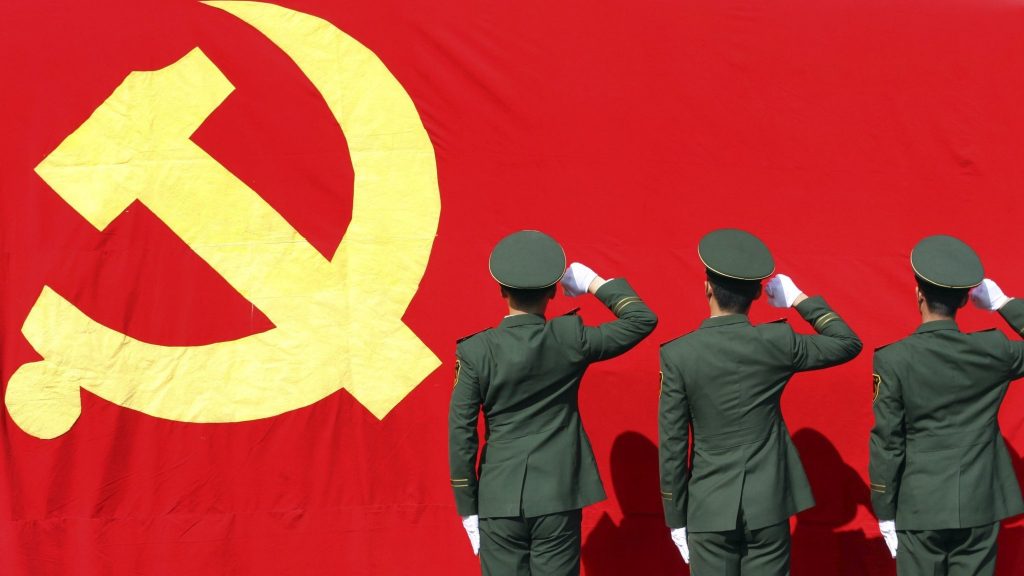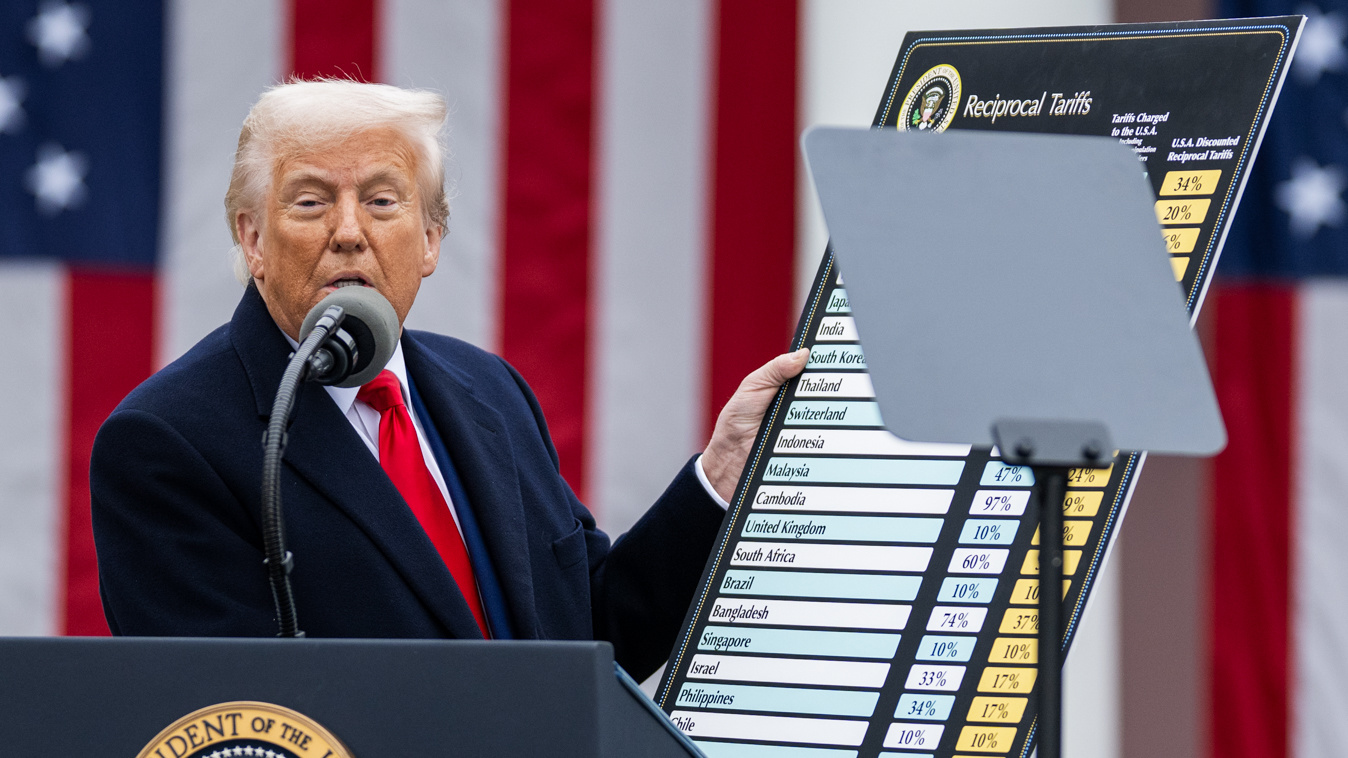Editor’s note. More indications that China will not be winning its trade war now that the US has (finally) engaged after 24 years.
BEIJING—Investment in factories, railways and other projects in China so far this year grew at its slowest pace in more than a quarter-century, pointing to challenges in government efforts to arrest an economic slowdown.
Fixed-asset investment outside rural households rose 5.3% in the January-August period from a year earlier, the National Bureau of Statistics said Friday. The rate was the most sluggish since 1992, when the investment data was first available, according to data provider Wind.
Economists had expected the pace to at least match the 5.5% rate recorded from January to July, given that the government has been encouraging more investment. While investment in property and manufacturing held steady, infrastructure—a key part of the government’s program to prevent a slippage in growth—remained weak, according to the official statistics.
“If investment, especially infrastructure investment, fails to recover in September, the risk on economic growth would be very large,” said Shuang Ding, an economist at Standard Chartered.
He said that local governments should have received extra funds following a deluge in bond-issuance last month, but that the money is probably still sitting in bank accounts, waiting to be spent on local projects.
Other indicators released Friday paint a mixed picture of the economy. Value-added industrial output in China rose 6.1% in August from a year earlier while retail sales climbed 9.0%—both slightly higher than their July rates and stronger than economists’ expectations. Meanwhile, a national urban survey unemployment rate stood at 5.0% last month, slightly lower than the 5.1% in July.
At a briefing Friday, statistics bureau spokesman Mao Shengyong said investment growth should stabilize in the coming months because the government was expanding efforts to kick-start large projects.
But Beijing has sent inconsistent messages about its policies, according to some economists, and that may be giving local governments pause. Before growth worries prompted the recent efforts to boost infrastructure spending, Beijing spent two years pressuring local governments to curtail debt and excess industrial capacity, and it hasn’t completely backed off those goals.
China’s fiscal expenditure rose 3.3% in August from a year earlier, unchanged from July’s rate, while loan demand and total credit growth remains soft, according to official data released earlier this week.
Investment in infrastructure rose 4.2% in the first eight months, slowing from a 5.7% growth in the January-July period. Rail investment contracted 10.6% so far this year, extending a decline of 8.7% in the first seven months.
The Finance Ministry urged local governments last month to speed up the issuance of bonds, which had been low for much of the year. Issuance of special-purpose bonds, which are mainly for public projects, reached 195 billion yuan ($28.5 billion) in July, before surging to 541 billion yuan in August, according to Gavekal Dragonomics.
A slowing economy is complicating Beijing’s trade fight with the U.S., worrying Chinese leaders that a protracted battle would further hit growth. China’s Commerce Ministry said Thursday it has received an invitation from the U.S. to resume negotiations.
The Wall Street Journal reported earlier that Treasury Secretary Steven Mnuchin had reached out to his Chinese counterparts to give Beijing another chance to stave off new tariffs on $200 billion in Chinese exports.












